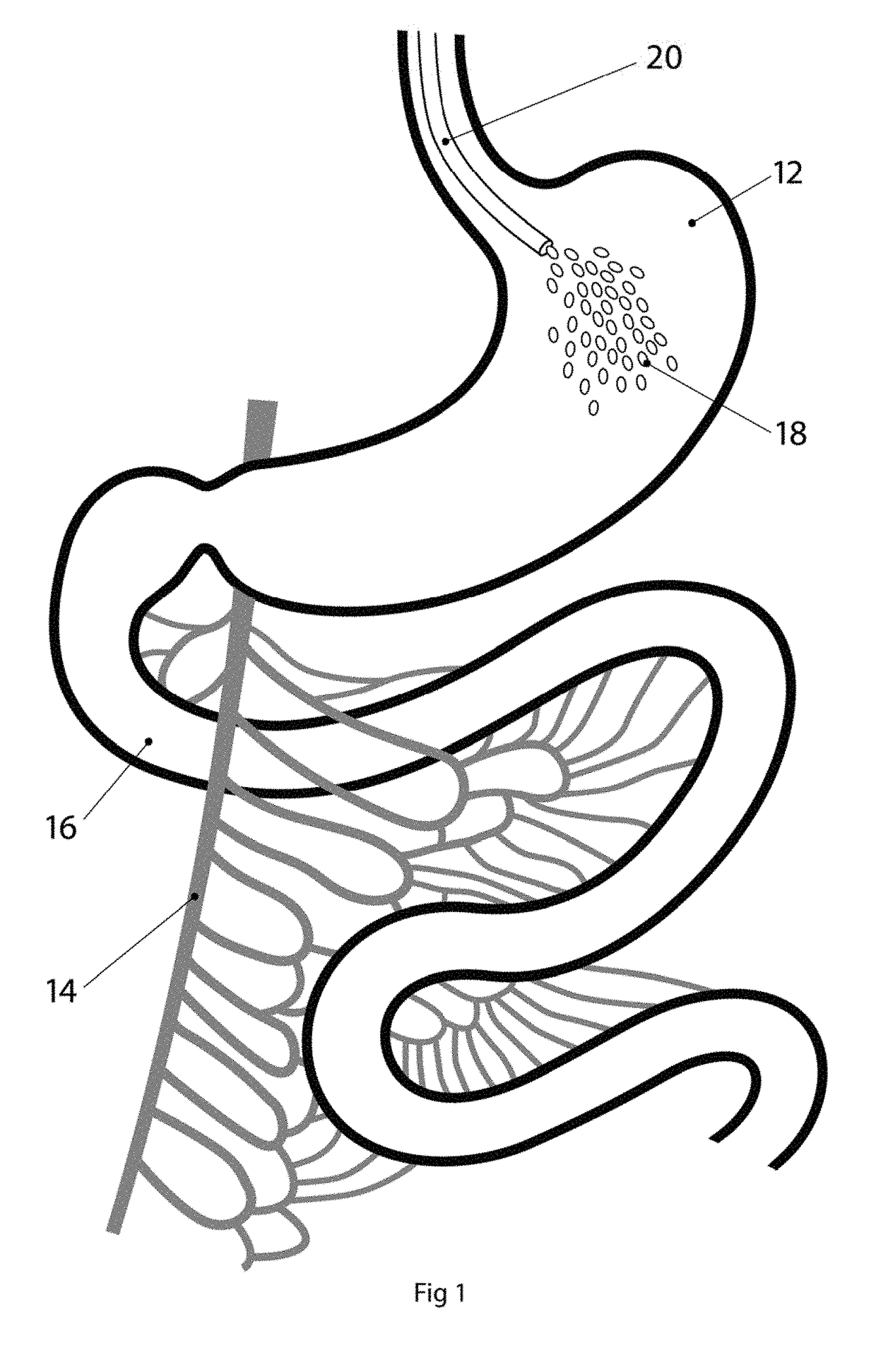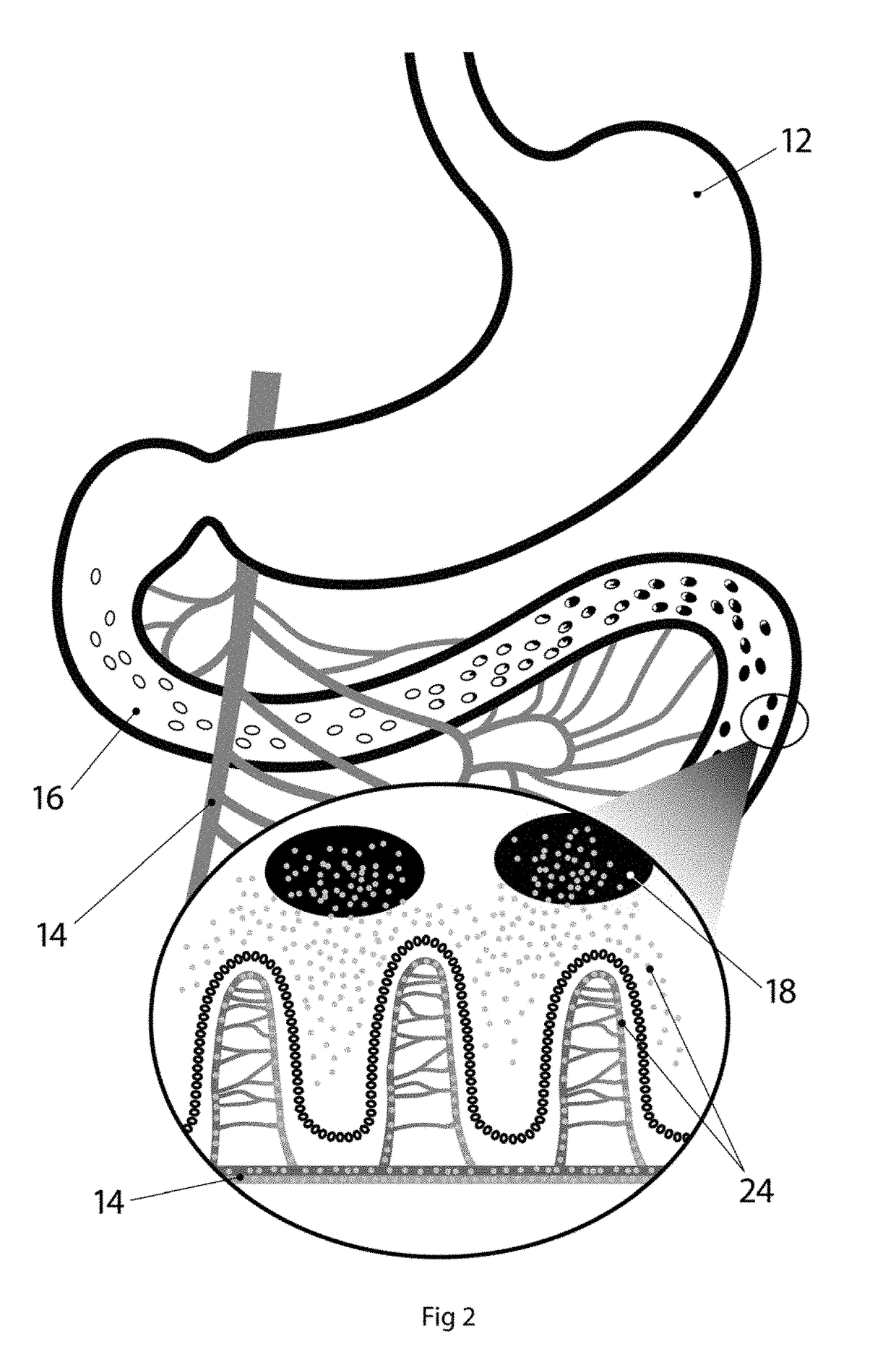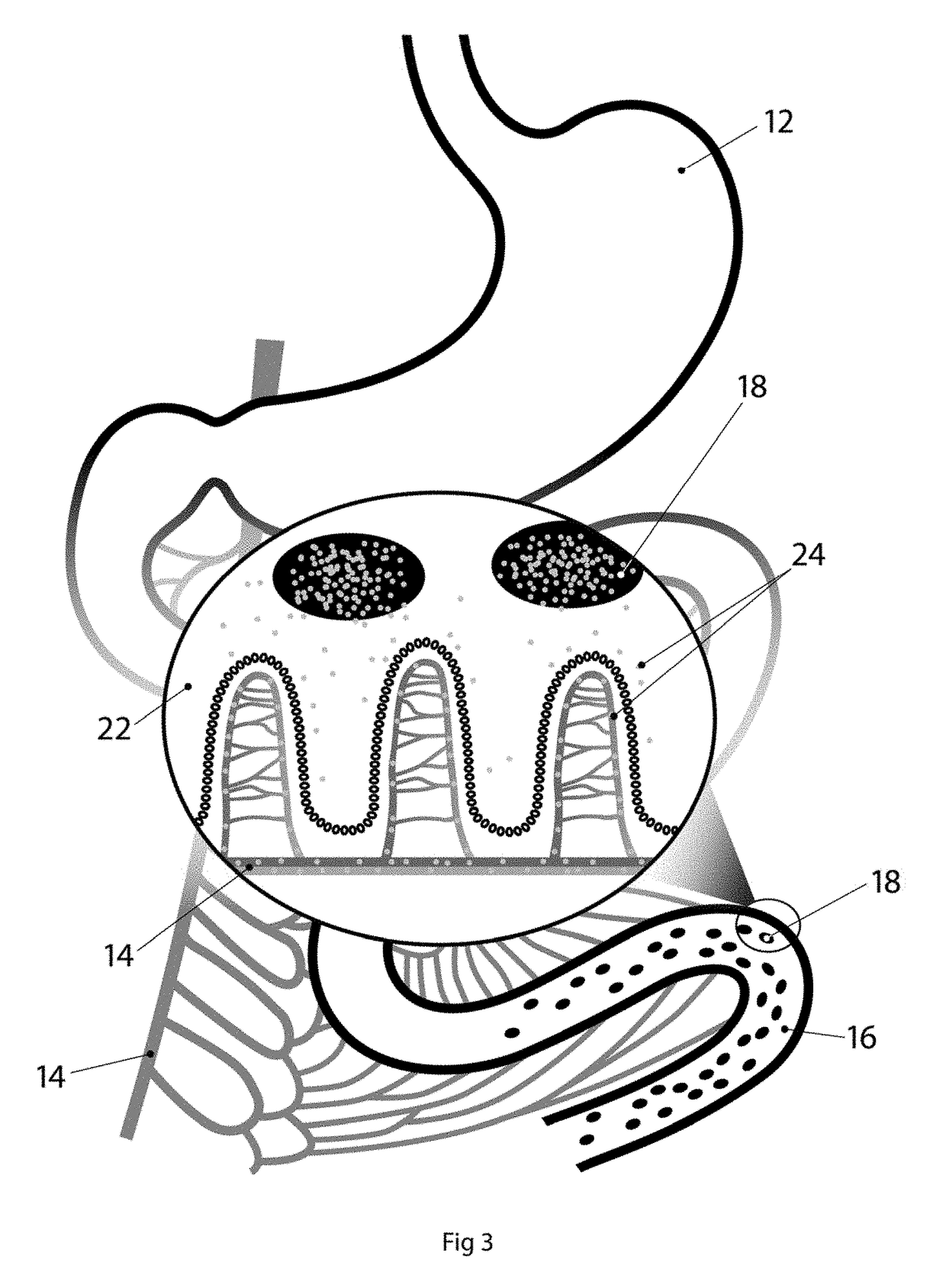Hyperammonemia therapy for children suffering from urea cycle disorders
a technology for urea cycle disorders and hyperammonia, which is applied in the field of hyperammonia therapy for children suffering from urea cycle disorders, can solve the problems of high toxicity, increase in blood ammonia levels, and accumulation of ammonia, and achieve the effects of treating or and preventing the progression of hyperammonia
- Summary
- Abstract
- Description
- Claims
- Application Information
AI Technical Summary
Benefits of technology
Problems solved by technology
Method used
Image
Examples
Embodiment Construction
[0017]As used herein, the terms “child”, “children” and “pediatric” are considered to refer to and include newborns, neonates, infants, toddlers, and children up to 7 years of age. A newborn, or neonate, is a baby under 28 days old. Infants are typically about 1 month to about 9-12 months old, toddlers are typically about 9-12 months to about 2 years of age. The present invention is intended for use with newborns, neonates, infants, toddlers, and children up to 7 years old suffering from a urea cycle disorder.
[0018]The terms “activated carbon” or “activated charcoal” as used herein refer to particles or granules of highly porous charcoal product that has been “activated” with steam or acid. The activation process carves away the internal structure of the charcoal particles, producing pores having a high (internal) surface area which attracts and holds organic chemicals inside it. For the purposes of the present invention the porous activated carbon is preferably made from coconut sh...
PUM
| Property | Measurement | Unit |
|---|---|---|
| diameter | aaaaa | aaaaa |
| pH | aaaaa | aaaaa |
| pH | aaaaa | aaaaa |
Abstract
Description
Claims
Application Information
 Login to View More
Login to View More - R&D
- Intellectual Property
- Life Sciences
- Materials
- Tech Scout
- Unparalleled Data Quality
- Higher Quality Content
- 60% Fewer Hallucinations
Browse by: Latest US Patents, China's latest patents, Technical Efficacy Thesaurus, Application Domain, Technology Topic, Popular Technical Reports.
© 2025 PatSnap. All rights reserved.Legal|Privacy policy|Modern Slavery Act Transparency Statement|Sitemap|About US| Contact US: help@patsnap.com



